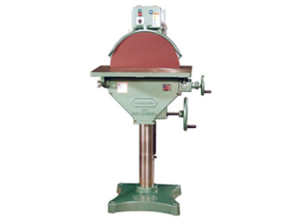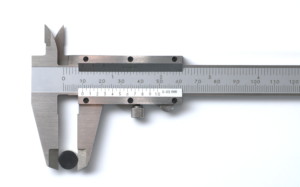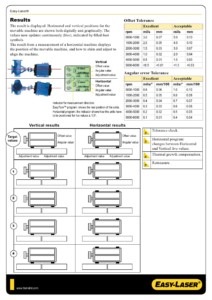
“Assumption 1: Safety is increased by increasing system or component reliability. If components or systems do not fail, then accidents will not occur. (p. 7)
This assumption is one of the most pervasive in engineering and other fields. The problem is that it is not true.
Safety is a system property, not a component property, and must be controlled at the system level, not the component level.
New Assumption 1: High reliability is neither necessary nor sufficient for safety. (p.13)”
These statements were excerpted from Nancy Leveson’s “Engineering a Safer World“.
This contradicts the common belief there is a direct correlation between Safety and Reliability. I personally, being in the Reliability field for 30+ years, believe there is a correlation between Reliability and Safety. But I would assert that it is not a direct correlation.
[Read more…]




 Why is it that some individuals perform a PM Routine and always find something and others don’t? And why is that when some individuals perform a rebuild or overhaul, the equipment struggles to start and return to steady state? The answer comes down to how detailed the individuals are during the maintenance activity. But how can this be overcome with such a wide range of individuals in the maintenance team? The answer is precision maintenance
Why is it that some individuals perform a PM Routine and always find something and others don’t? And why is that when some individuals perform a rebuild or overhaul, the equipment struggles to start and return to steady state? The answer comes down to how detailed the individuals are during the maintenance activity. But how can this be overcome with such a wide range of individuals in the maintenance team? The answer is precision maintenance

 Imagine being able to look back and see what settings the equipment was last ran at for a particular SKU. Or being able to look back at the last three alignment inspections and see that slowly the alignment is drifting. What could you do with this type of information? You could perform Root Cause Analysis to see why the alignment is drifting, or trend the drifting to know when it will be out of acceptable tolerances.
Imagine being able to look back and see what settings the equipment was last ran at for a particular SKU. Or being able to look back at the last three alignment inspections and see that slowly the alignment is drifting. What could you do with this type of information? You could perform Root Cause Analysis to see why the alignment is drifting, or trend the drifting to know when it will be out of acceptable tolerances.

